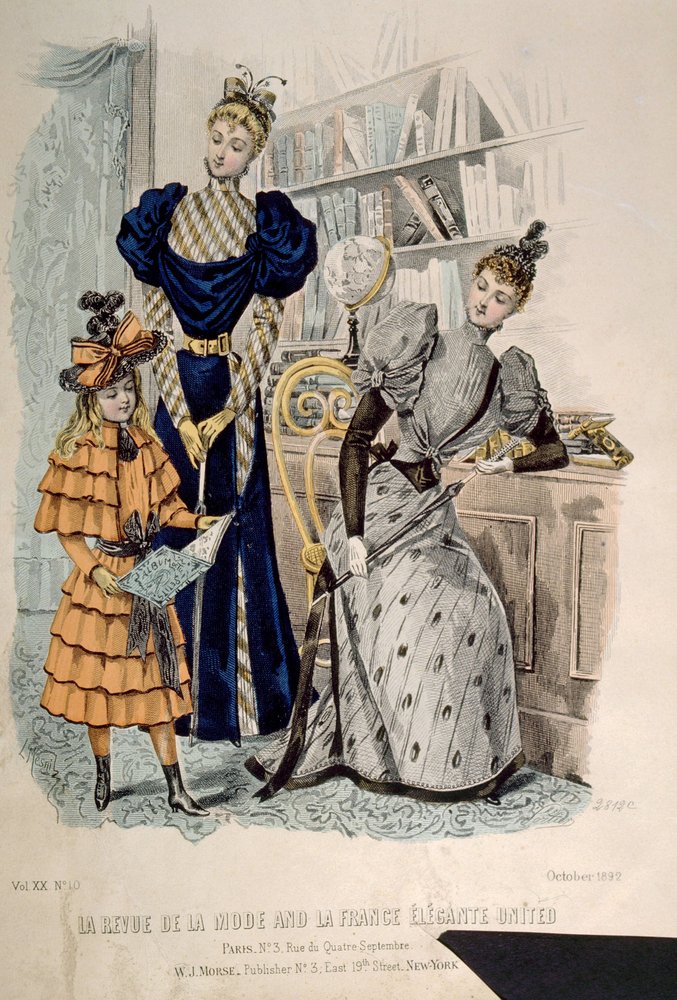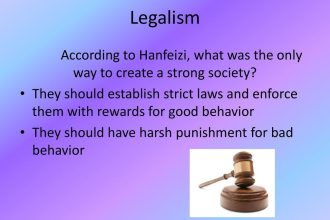A governess was more than a mere caretaker; she was an educator, mentor, and guardian to children of the privileged. What was a governess, you ask? She held a unique position in the households of the elite, responsible for shaping young minds and instilling values. Tasked with both academic and social development, a governess played a crucial role in preparing the next generation for their place in society. Let’s delve deeper into the fascinating world of these influential figures from bygone eras.
What Was a Governess: A Detailed Exploration of a Unique Profession
Welcome to our exploration of the fascinating world of the governess. In this blog post, we will dive deep into understanding the role of a governess, exploring their duties, challenges, and how their presence shaped the lives of many families in the past.
The Origins of the Governess
The term “governess” originated in the early 19th century and referred to a woman who was employed to educate and supervise children in a private household. Governesses were typically hired by wealthy families who could afford to provide a private education for their children.
Unlike today, where children attend school outside the home, in the past, education was often conducted within the confines of the family home. Governesses played a crucial role in providing formal education to children, especially young girls, who were not allowed to attend school.
The Duties of a Governess
A governess’s duties were diverse and included teaching various subjects such as reading, writing, arithmetic, history, geography, music, and sometimes even languages. They were responsible for creating lesson plans, conducting classes, and assessing the children’s progress.
Additionally, governesses often served as companions to the children, engaging in activities such as reading stories, playing games, and supervising their daily routines. They were also expected to instill discipline and proper behavior in the children under their care.
Challenges Faced by Governesses
Being a governess was not an easy job, despite the comfortable surroundings of a wealthy household. Governesses often faced challenges such as isolation, lack of social status, and limited opportunities for personal advancement.
Living in someone else’s home meant that governesses had little privacy and were constantly on duty. They had to navigate the complex dynamics of the family they worked for, often feeling like outsiders in a world to which they did not truly belong.
The Changing Role of Governesses
As society evolved and educational opportunities for women expanded, the role of governesses began to change. With the establishment of formal schools and the professionalization of teaching, the demand for governesses declined.
Many governesses found employment as teachers in schools or pursued other careers outside of domestic service. The image of the governess as a lonely and downtrodden figure began to fade as women gained more independence and autonomy in the workforce.
The Legacy of Governesses
Despite the challenges they faced, governesses played a significant role in shaping the lives of many children in the past. Their dedication to education, discipline, and care left a lasting impact on the families they served.
Today, the legacy of governesses lives on in the stories and literature that depict their unique position in society. Through their experiences, we gain insight into a bygone era and the lives of women who defied societal norms to fulfill their passion for education.
In conclusion, the role of a governess was a complex and multifaceted one that shaped the lives of many families in the past. While their duties and challenges may have differed from modern teachers, governesses left an indelible mark on the children they taught and the households they served.
As we reflect on the history of governesses, we gain a greater appreciation for the resilience, dedication, and passion they brought to their profession. Their story is a reminder of the important role that educators play in shaping the minds and hearts of future generations.
We hope this exploration of “What Was a Governess” has provided you with valuable insights into this unique profession and its impact on society. Thank you for joining us on this journey through history!
What Was A Governess? The Jane Eyre Life Explained
Frequently Asked Questions
What duties did a governess typically perform?
A governess was responsible for the education and upbringing of children in a private household. This role involved teaching various subjects such as reading, writing, arithmetic, history, and manners. Additionally, governesses often supervised the children’s daily routine and activities.
What was the social status of governesses in the past?
In the past, governesses occupied a unique position in society. They were considered part of the household staff but also held a more elevated status due to their role in educating the children of the wealthy and aristocratic families. Despite their education and refinement, governesses were not part of the family and often faced social isolation.
How were governesses perceived by the families who employed them?
Governesses were viewed as both educators and companions to the children in the households where they worked. While they were respected for their knowledge and abilities, governesses were often seen as outsiders in the family dynamic. Their position was sometimes precarious, as they were not regarded as equals by either the parents or the children.
Final Thoughts
In conclusion, a governess was a private teacher and caregiver hired to educate and supervise children in wealthy households. Governesses played a crucial role in providing academic instruction and moral guidance to young girls and boys. Despite their significant responsibilities, governesses often faced challenges such as low pay and social isolation. Understanding what a governess was sheds light on the historical role of women in education and childcare.






